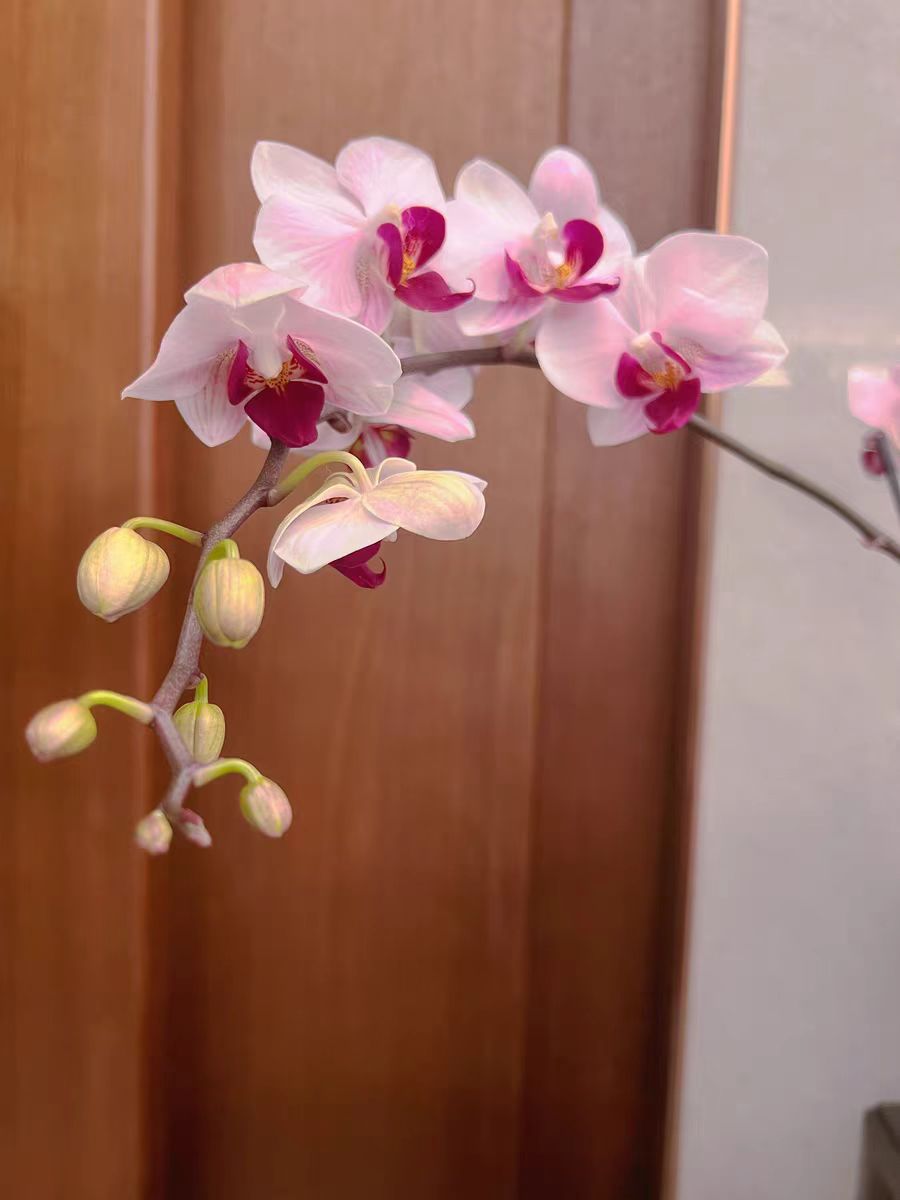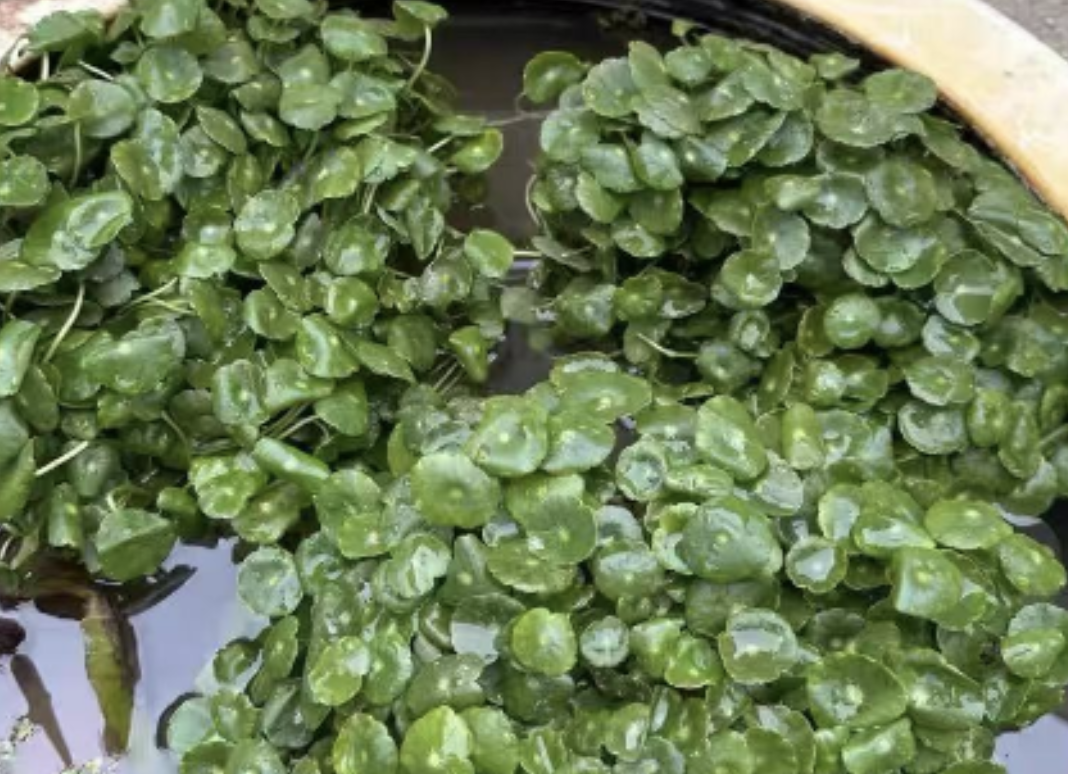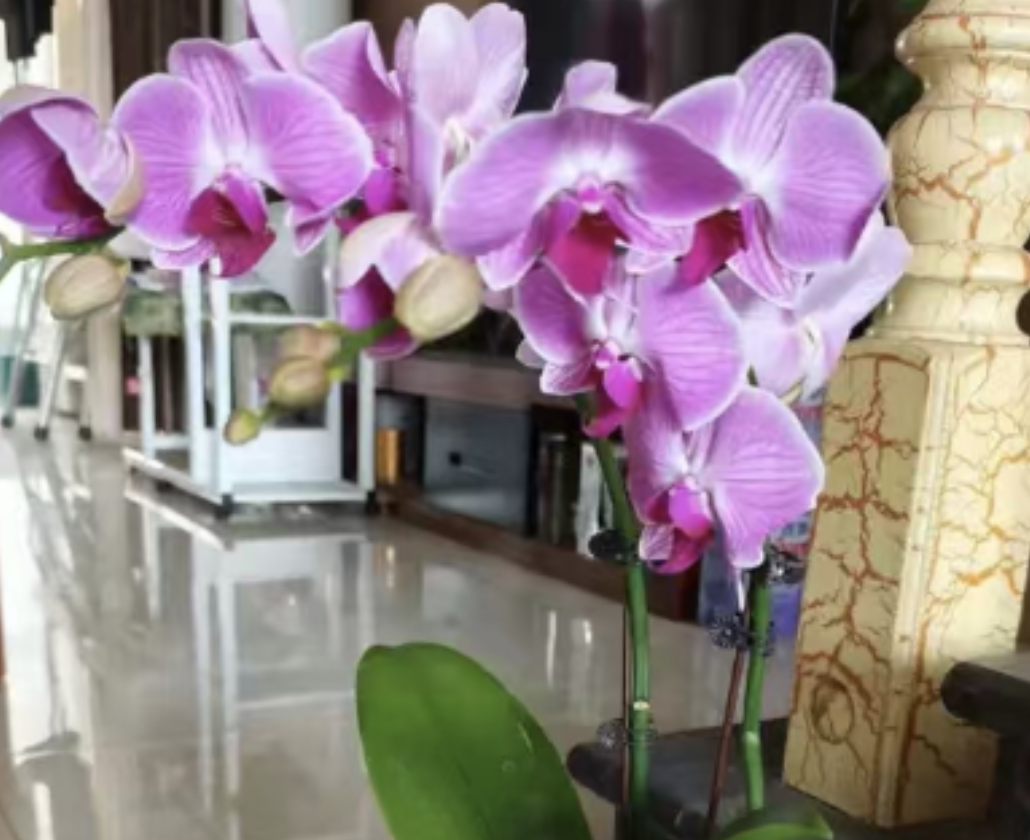When growing phalaenopsis orchids, have you ever noticed that the center of the leaves somehow accumulates a pile of sediment and dust, looking messy and annoying? If not cleaned in time, it can easily cause the heart of the plant to rot and affect the health of the phalaenopsis.
Why does sediment enter the leaf center? Usually, when watering or fertilizing, water or fertilizer may accidentally splash into the leaf center; when opening windows for ventilation, wind can blow in dust and small particles; even accidentally touching the leaves may allow dirt to enter. Don’t underestimate this sediment—when combined with stagnant water in the warm environment of the leaf center, over time, the leaf center will turn black and rot.
Basic Cleaning Method: The Cotton Swab Technique!
Prepare several clean cotton swabs, dip them in clean water, and gently insert them into the leaf center to roll out the sediment little by little. Move very slowly—phalaenopsis leaves are delicate, and excessive force can easily scratch them. If the sediment is caked, wet the cotton swab in water to soften the caked sediment before slowly cleaning it away.
If there is a large amount of sediment in the leaf center and cotton swabs are inefficient, try the Syringe Flushing Method!
Find a clean syringe (without a needle), fill it with water, and gently squeeze it toward the leaf center to flush out the sediment with a stream of water. Pay attention to the angle when flushing—do not aim directly at the leaf center; tilt it at about 45 degrees to reduce the impact of the water flow. After flushing, use a clean tissue or absorbent cloth to dry the remaining water in the leaf center to prevent water accumulation.
There’s also a lazy-person-friendly “Spray Bottle Flushing Method.”
Prepare a spray bottle, adjust the water to a mist setting, and spray around the leaf center to let the water mist slowly wash out the sediment. After spraying, place the phalaenopsis in a well-ventilated area to allow the leaf center to air-dry naturally. However, use this method with caution in poorly ventilated environments—if water cannot evaporate, the risk of rotting increases.
If you find that the sediment in the leaf center has caused local rotting, don’t panic!
First, use clean scissors to carefully cut off the rotten part, and sprinkle some carbendazim powder on the wound for disinfection. In subsequent maintenance, be extra careful to prevent water from entering the leaf center again. Wait until the wound heals before resuming normal cleaning.
In daily maintenance, also pay attention to the following:
Water along the edge of the pot as much as possible, avoiding direct pouring into the leaf center.
When using liquid fertilizer, use a small spoon to pour it slowly to reduce the chance of splashing into the leaf center.
If there is a lot of dust at home, regularly wipe the leaves with a clean damp cloth to prevent sediment accumulation in advance.
Cleaning the center of phalaenopsis leaves is not difficult—patience and care are key. By mastering these tips, you can keep your phalaenopsis leaves clean, healthy, and blooming beautifully, ensuring you have a fresh and gorgeous orchid!
How to Clean the Sediment in the Center of Phalaenopsis Leaves?

Share with
Tagged in :




Leave a Reply